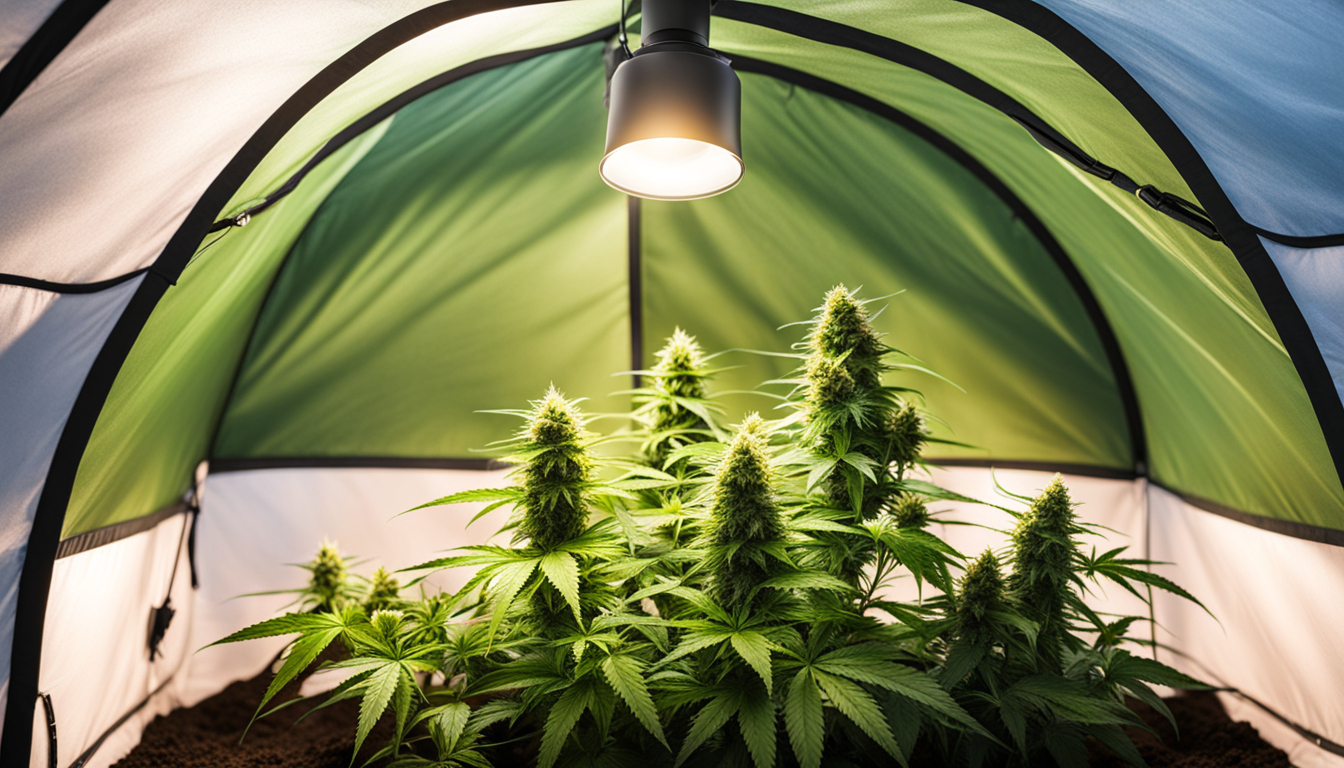
Whether you're new to marijuana production or looking to improve your existing grow, following this complete guide will help you produce large, high-quality yields right at home. With the right gear, strategies, and attention, growing weed indoors can be an extremely satisfying and cost-effective endeavor.
Choosing Marijuana Varieties
The first step in planning your indoor crop is selecting the right marijuana cultivars to cultivate. The three main types of cannabis plants each have their own traits.
Energizing strains
Known for their invigorating mental effects, these strains grow tall and slender with narrow leaves. They thrive in warmer equatorial climates and have a longer flowering time between 2.5-3 months indoors. Top energizing varieties include Sour Diesel, Durban Poison, and Jack Herer.
Indicas
Indicas provide relaxing full-body effects and spread short and bushy with wide leaves. Accustomed to colder mountain climates, they bloom faster within 2-2.25 months. Popular relaxing varieties include Granddaddy Purple, Northern Lights, and Bubba Kush.
Hybrids
Hybrid strains blend traits from both sativas and indicas. They offer combined effects and have moderate flowering periods around 9-10 weeks. Well-known mixes are OG Kush, Girl Scout Cookies, and Blue Dream.
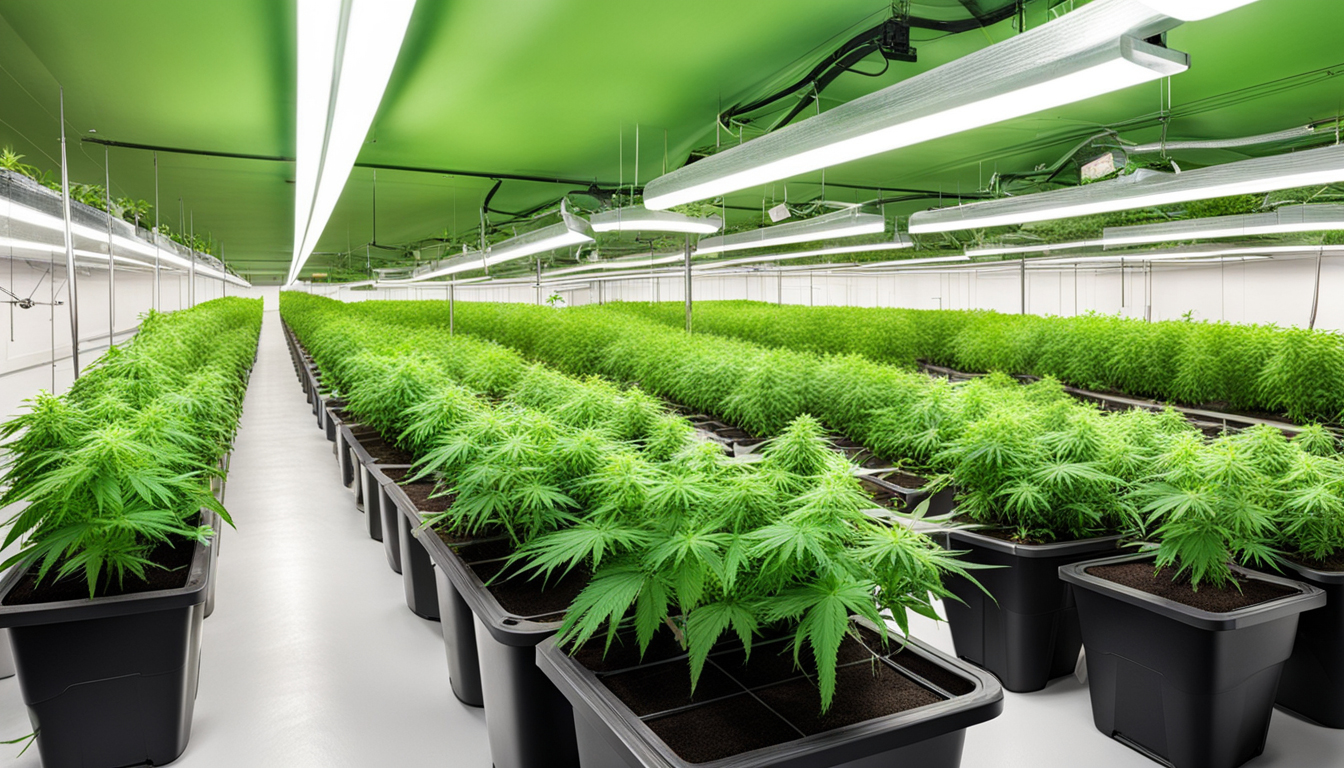
Setting Up Your Grow Space
Cannabis plants need the right controlled environment to succeed. Key factors for indoor cultivations are lights, ventilation, layout, and finding the ideal discreet location.
Location
Choose an available space with direct access to irrigation and electrical outlets. An empty spare room, large closet, basement corner, or cultivation tent securely placed in a garage all make great hidden grow room spots.
Lights
Marijuana requires strong light for all growth stages. LEDs are efficient and come in full spectrum options mimicking real outdoor light. Provide 15-25 watts per square foot for the vegetative stage and 400-600 watts per square foot for flowering.
Airflow
Proper ventilation and exhaust systems maintain ideal temp, moisture, and fresh CO2 levels. Set up silent 4-6 inch blowers or carbon filters to refresh old air and eliminate odors.
Layout
Optimize your space by arranging plants strategically under the lamps and leaving room to reach and work around them. Set up distinct zones for growth, flowering, drying, and propagation.
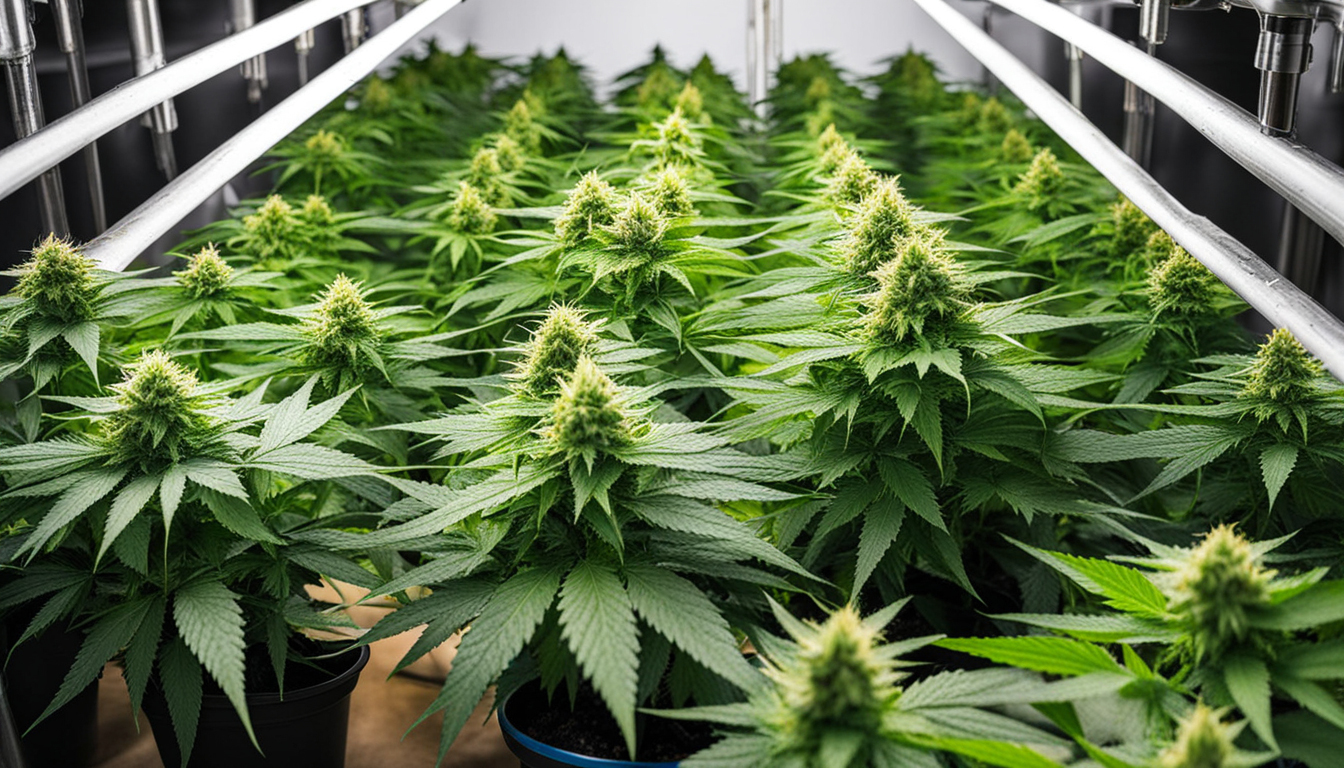
Cultivation Mediums
Pot can be grown in different substrates, each with pros and cons. Pick a appropriate option for your specific setup and cultivation style.
Soil
The classic substrate, soil is affordable and easy for beginners. It provides excellent flavor but requires more watering and nutrients to nourish plants. Enrich soil with perlite or coco to enhance drainage.
Coco Coir
Made from coir, reusable coconut fiber holds water but still allows air to the roots. It's more sterile and more predictable than soil. Use coco-specific fertilizers to avoid accumulation.
Water systems
In hydro systems, plant roots develop directly in nutrient irrigation solution. This allows quick development but needs close observation of water properties. Deep water culture and drip systems are popular techniques.
Sprouting Seeds
Sprouting activates your marijuana seeds to begin sprouting radicles. This readies them for planting into their cultivation medium.
Towel Method
Place seeds between moist paper towel and keep them moist. Inspect after 2-7 days for growing radicles indicating germination is complete.
Planting directly
Insert seeds directly into wetted cultivation medium 1⁄4 inch deep. Gently water and wait 1-2 weeks until seedlings break through the surface.
Rockwool Cubes
Soak cubic rockwool starters in balanced water. Insert seeds 6mm deep into the cubes. Keep cubes wet until seedlings emerge within a week to 2 weeks.
Repotting Young plants
Once germinated, cannabis seedlings need to be repotted to prevent overcrowding. Move them into appropriately sized containers.
Ready Containers
Load final pots with growing medium enriched with time-released nutrients. Allow containers to soak up water for 8-12 hours before repotting.
Carefully Transplanting
Gently separate young roots from germination medium using a spoon. Place into pre-soaked pot at equal depth as before and gently water in.
Vegetative Stage
The vegetative stage promotes foliage and plant form through 3/4 to full day of continual light exposure. This stage usually lasts 4-8 weeks.
Providing 3/4 to full day of Lighting
Use lamps on a 24 daily schedule or natural sunlight to trigger nonstop growth. Lamp output influences height and internodal spacing.
Fertilizing
Use vegetative stage nutrients higher in N. Make sure pH remains around 5.8-6.3 for full fertilizer uptake. Fertilize 25-50% strength after 2 weeks and increase gradually.
Training Techniques
Topping, low stress training, and scrogging manipulate shoot shapes for flat foliage. This boosts yields.
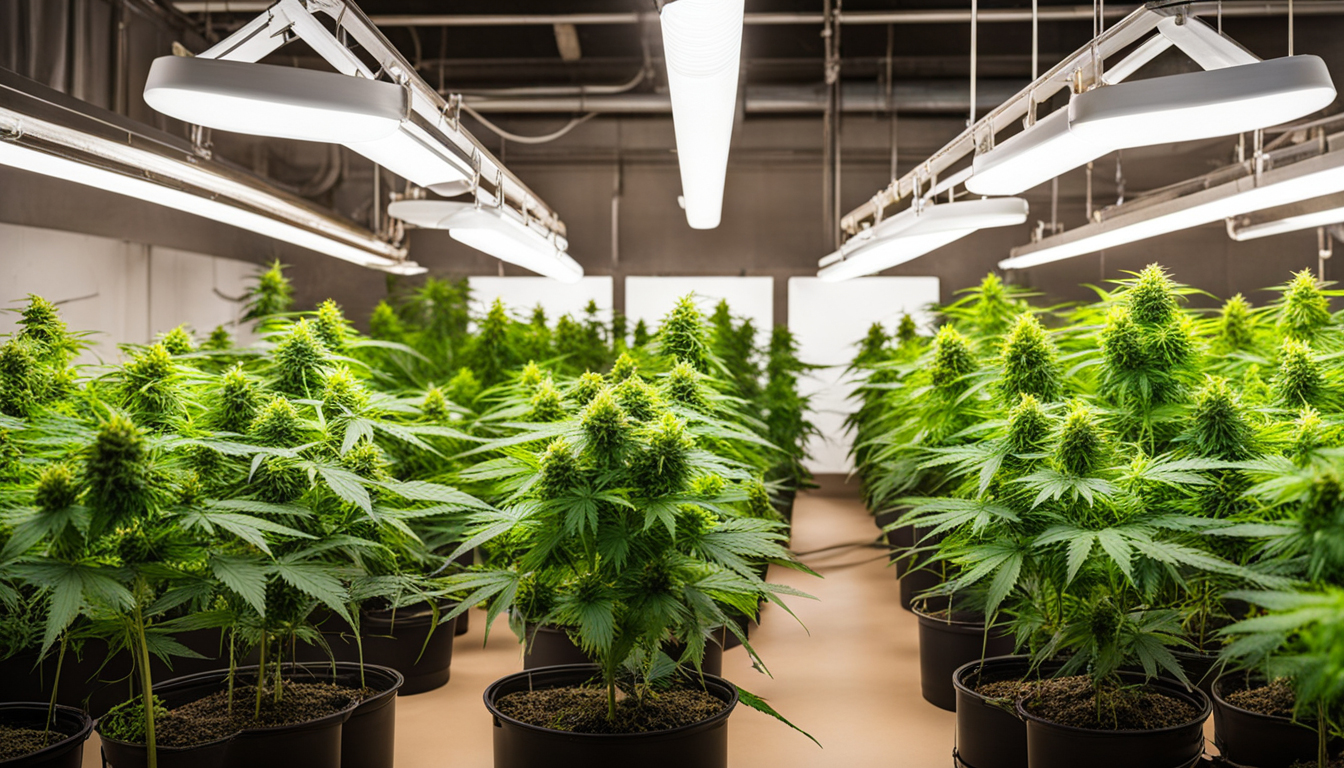
Flowering Stage
The blooming stage grows buds as plants reveal their sex under a 12/12 light schedule. It lasts 2-3 months based on variety.
Changing Light Schedule
Switch grow lights to 12 hours on, 12 hours off or move outside for outdoor 12 hour cycle. This signals plants to start blooming.
Flushing
Flushing flushes out fertilizer residuals Request More Info to improve taste. Feed lightly the first period then just use plain water the final 2 weeks.
Flushing
Maintain 12 hour photoperiod but leach using pH-balanced water only. Resume clean watering if buds aren't yet mature after two weeks.
Harvesting
Recognizing when marijuana is fully ripe ensures peak cannabinoid content and aroma. Harvest plants at optimal ripeness.
Identifying Ripeness
Look for swollen calyxes, faded pistils, and 5-15% cloudy trichs. Check buds across the plant as they won't all ripen evenly.
Cutting Plants
Use sterilized, razor-sharp pruning shears to Click Here carefully slice each plant at the base. Keep several inches of stalk attached.
Curing
Hang intact plants or colas upside down in a dark room with moderate temperature and RH around 45-65% for 7-14 days.
Curing
Aging continues drying while aging the buds like fine wine. This technique smooths harshness and further develops terpene and terpene profiles.
Jars and Humidity
Manicure dried buds from branches and store into glass jars, packing about 75% capacity. Use a hygrometer to monitor jar moisture.
Opening jars daily
Open containers for a few hours each day to gradually lower moisture. Remoisten buds if humidity goes under 55%.
Final Cure
After 14-21 days when moisture stabilizes around 55-60%, do a final manicure and store forever in airtight jars.
Common Problems and Solutions
Even seasoned growers run into different marijuana plant problems. Identify problems early and fix them properly to keep a strong garden.
Poor feeding
Chlorosis often indicate inadequate nitrogen. Purpling stems and leaves signal phosphorus deficiency. Test pH and increase fertilizers gradually.
Bugs
Spider mites, fungus gnats, mites, and root aphids are frequent weed pests. Use organic sprays, predator bugs, and sticky traps for organic control.
Mold
Excessive humidity promotes powdery mildew and root rot. Increase airflow and venting while lowering RH under 50% during flowering.
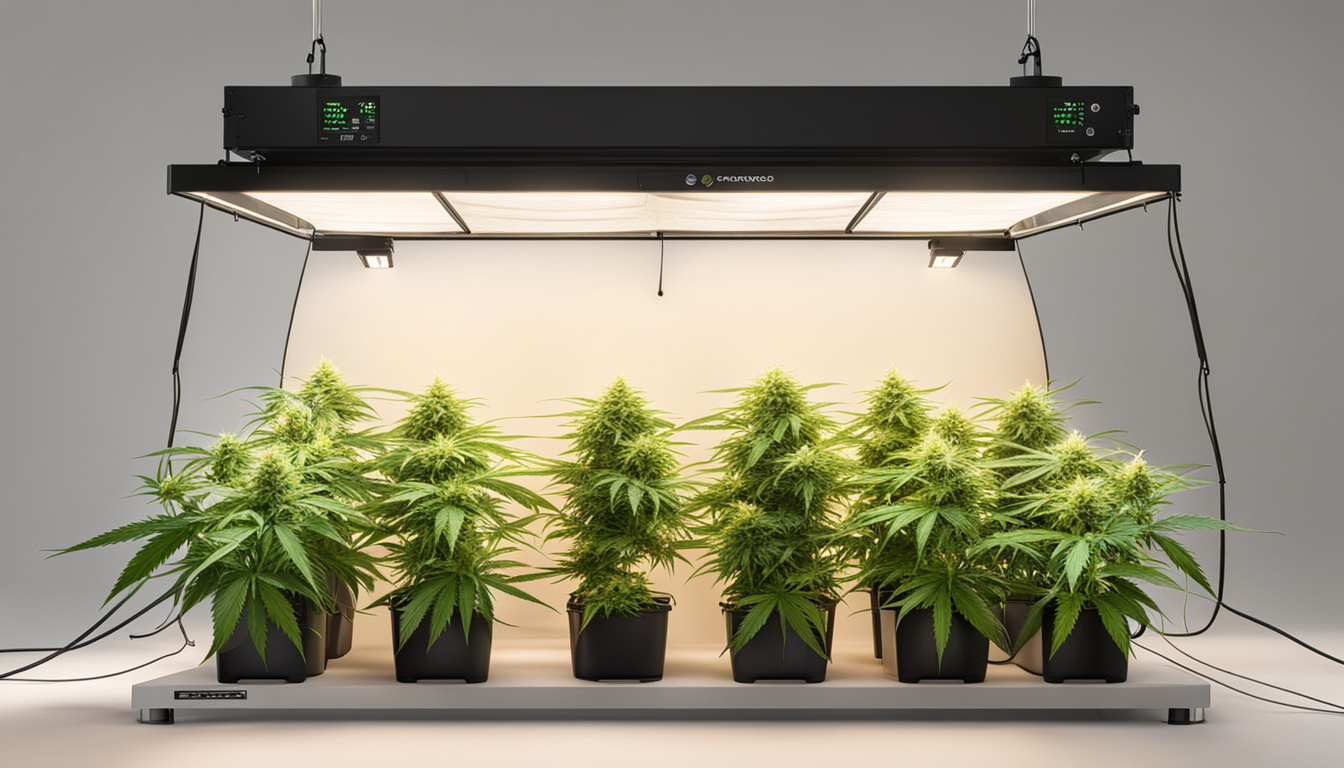
Conclusion
With this complete indoor pot growing guide, you now have the knowledge to grow bountiful potent buds for personal grows. Apply these steps and techniques during the germination, Learn More vegetative, and bloom stages. Invest in quality gear and carefully monitor your plants. In time, you'll be compensated with frosty aromatic buds you raised yourself under the patient guidance of your green thumbs. Happy growing